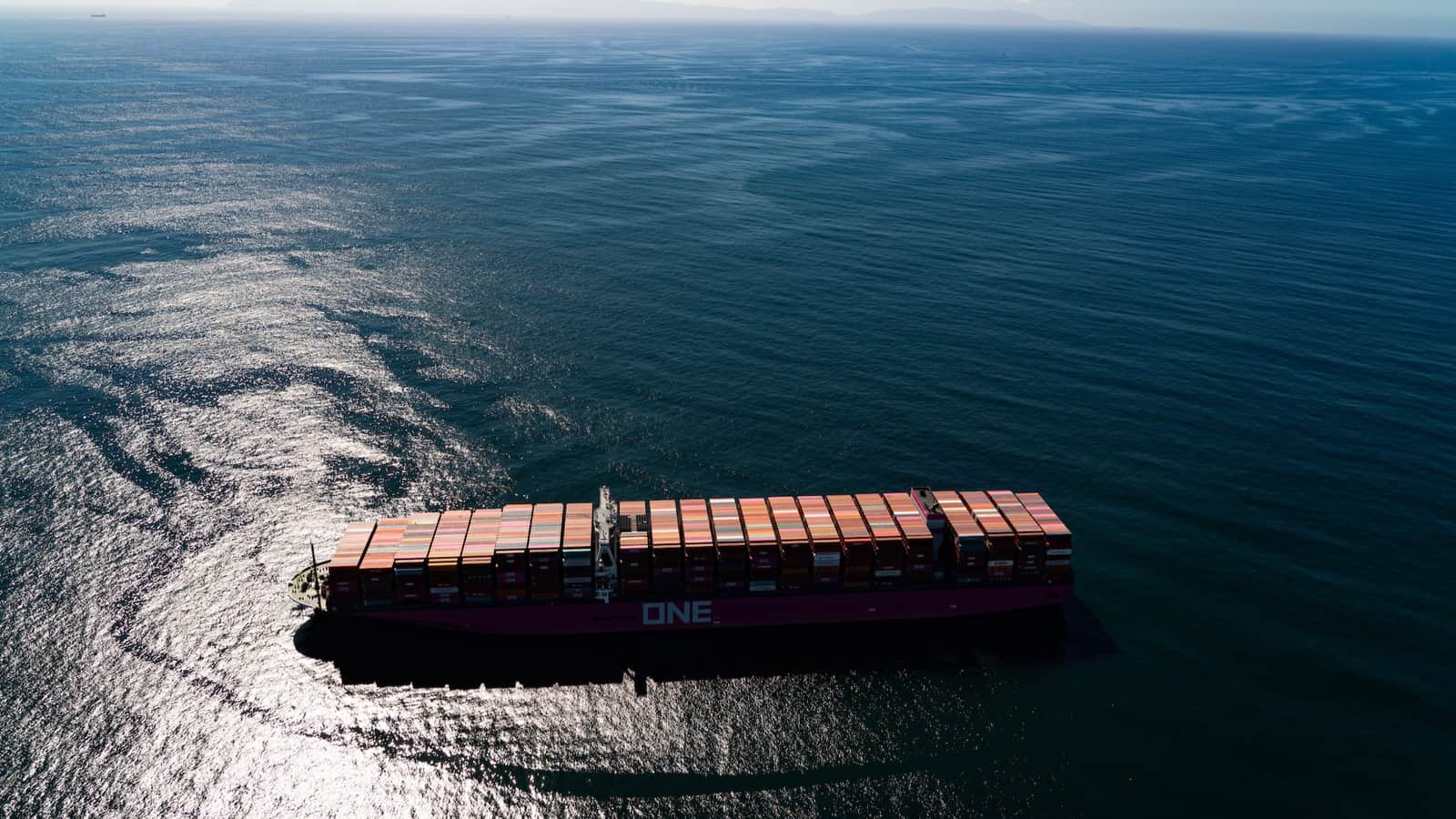This Is What Port Congestion Looks Like
Ports in the United States have been facing serious congestion issues for almost a year, even as manufacturers work tirelessly to ensure essential products can get where they need to go. NAM Director of Photography David Bohrer recently paid a visit to the Port of Long Beach, where an influx of exports coming to the United States is causing traffic jams along the California coast.
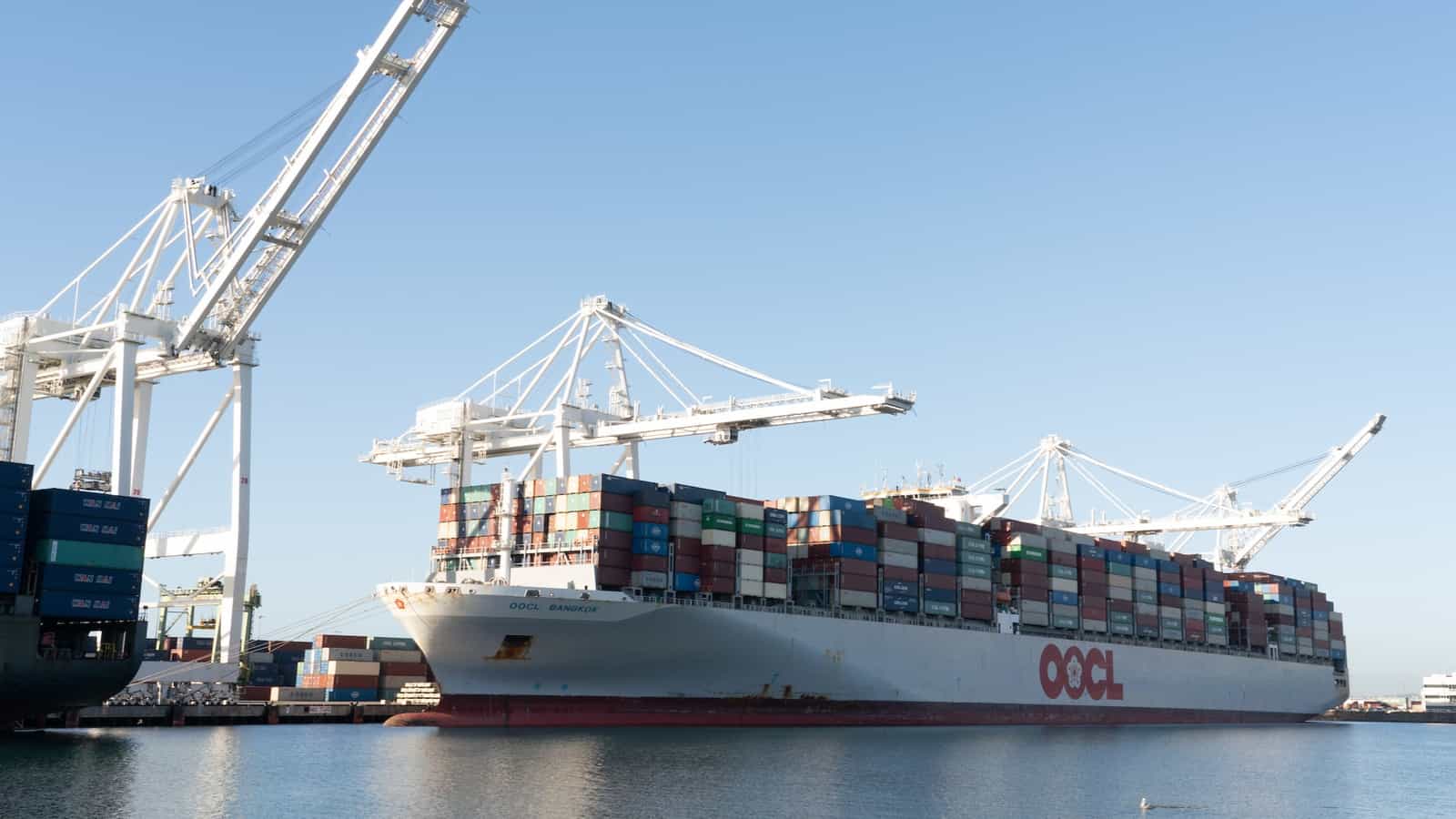
Long Beach is one of the country’s busiest ports at the best of times, since it receives much of the trade traffic from Asia. Today, it’s mobbed by ships waiting for their turn to unload. Under normal circumstances no more than one or two ships would be temporarily anchored while awaiting a spot at the port terminals. But as of late October, that number peaked at more than 70 ships holding offshore. Just look at these lines:
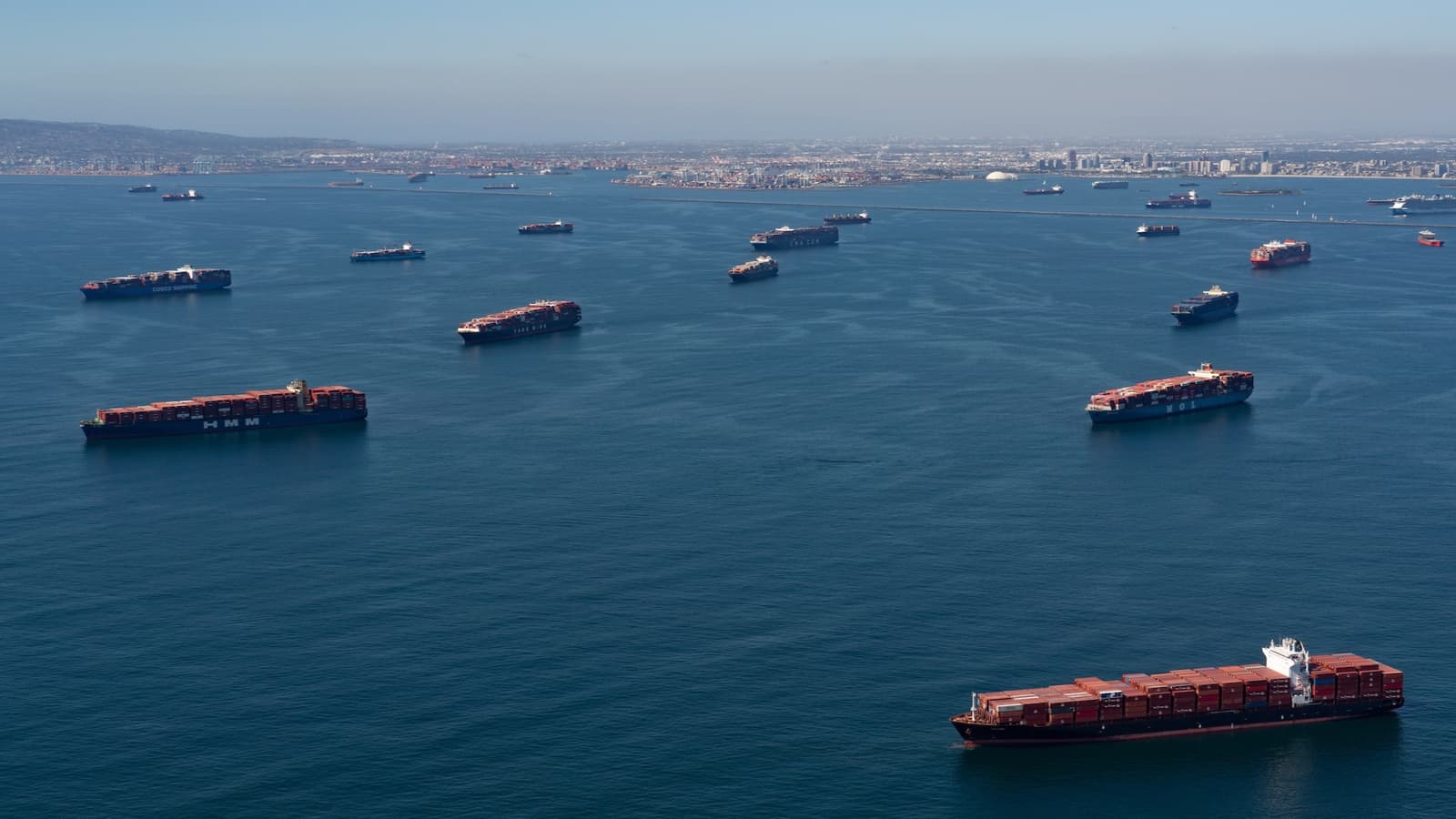
Meanwhile, the port is full of shipping containers waiting to be hauled away and emptied. However, there aren’t enough workers, specialized truck chassis, or available truck drivers to handle the volume of containers:
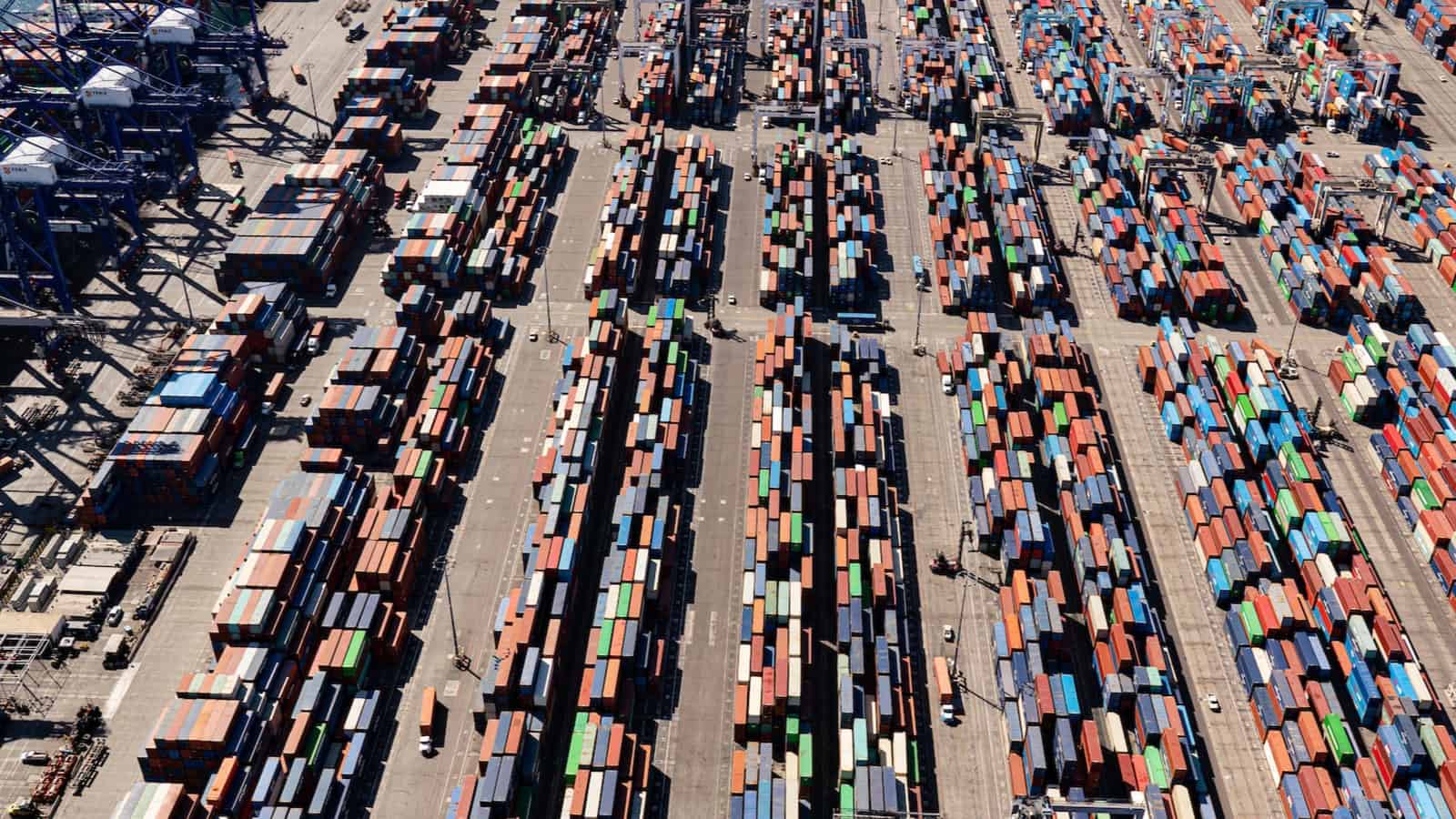
Here is one container in transit. But once it’s unloaded, the empty container has to be stored as well—and current parking and warehousing space isn’t sufficient for the many empty containers at the port.
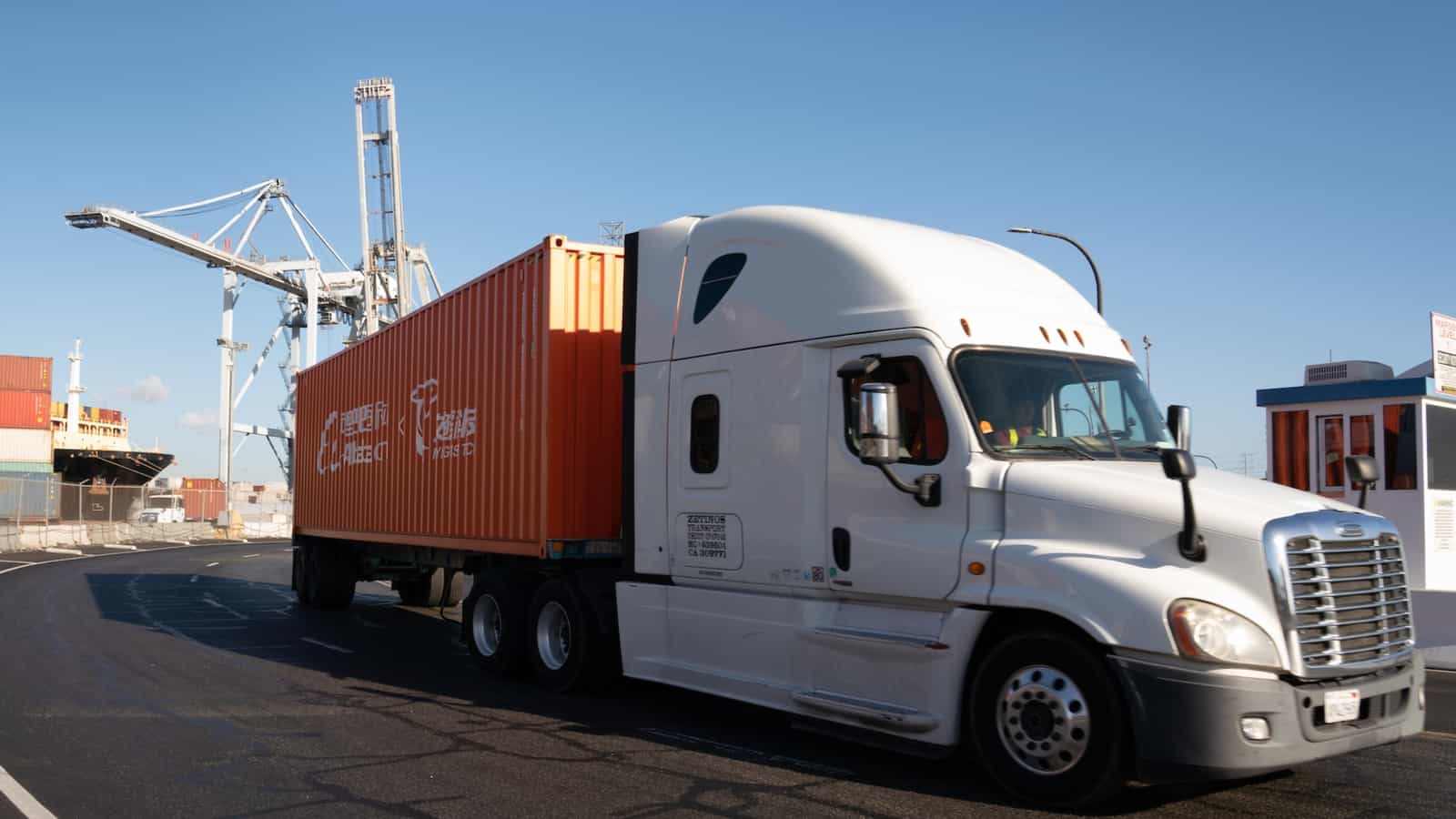
Recently, the Biden Administration announced an initial plan to help strengthen supply chains and reduce these blockages. Actions include extending hours of operations at the Ports of Los Angeles and Long Beach and addressing workforce shortages and negotiated shipping agreements.
- Additionally, on November 9, the White House announced details of a new Action Plan to quickly distribute newly available port funds in an effort to clear backlogs. This plan creates new flexibility in how some ports can use federal dollars to meet on-the-ground needs and sets bold new deadlines for releasing funds—including the authorization of nearly $240 million in grant funding before the end of the year.
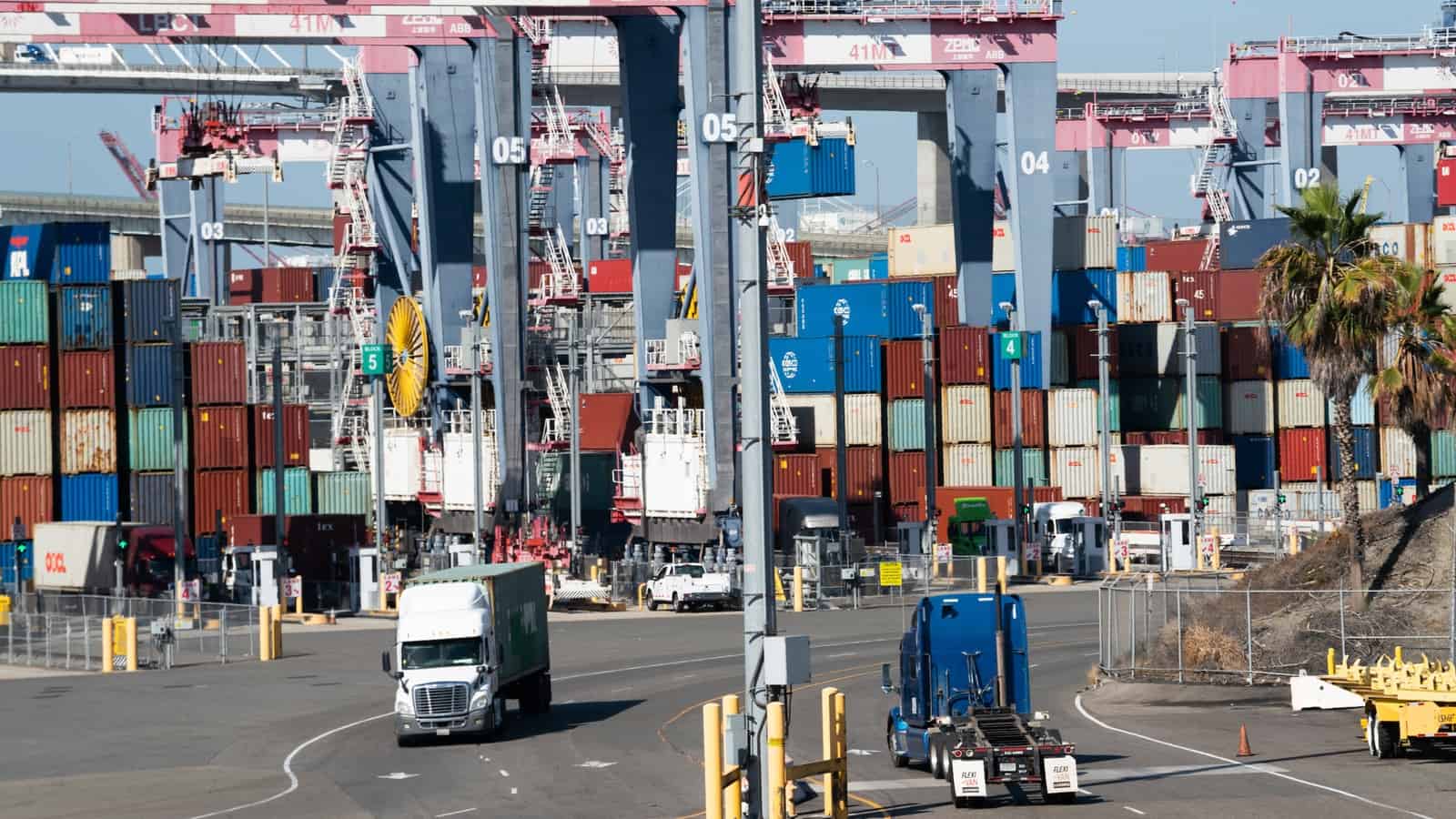
The NAM says: “Manufacturers in America have been tirelessly working to maintain operations and provide essential products and jobs to their communities throughout the pandemic. These port backups and supply chain delays aren’t some distant, downstream issue—NAM members are facing historically high shipping costs and unheard-of delivery delays on an hourly and daily basis. We will continue to engage with policymakers to identify short-term solutions and establish long-term measures that allow for economic growth and a functional, inclusive and efficient supply chain,” said NAM Director of Infrastructure Policy Ben Siegrist.
